The Apple Vision Pro is a remarkable piece of hardware, but its headset-first design and front-heavy profile create new demands for how you store, dock, and wear it at your desk. If your goal is a compact, clutter-free workspace that doesn’t sacrifice comfort during long sessions, the right stand or mount becomes as important as the headset itself. ⏱️ 12-min read
This guide walks through compact stand designs, integrated cases and grips, lift systems and weight distribution, comfort-driven padding and straps, and practical cable-management layouts. You’ll also get a clear checklist for evaluating safety and stability, a comparison with Oculus Quest 2 and PSVR lessons, and pragmatic advice for vetting Kickstarter and DIY projects. Read on for real-world tests and setup examples you can implement this weekend to clear your desk and spare your neck.
Compact stand designs for clutter-free desks
When space is at a premium, the best Vision Pro stands shrink their active footprint and tuck away when not in use. Look beyond bulky dock stations: wall-mounted cradles, desk-edge brackets, and low-profile pods reclaim valuable surface area while keeping the headset within easy reach. A wall-mounted cradle installed at eye level creates a natural pick-up point and lets you run cables up the wall, freeing the desktop for keyboard and mouse. Desk-edge options—slim shelves or clamp-on brackets that hug the lip—keep the headset accessible without eating into your work area.
Key features to prioritize are adjustable tilt, reliable quick-release, and foldability. Tilt helps the headset sit at a neutral angle so it’s ready to don without awkward wrist motions; quick-release mechanisms let you lift the Vision Pro in a single smooth motion; fold-away arms, spring-assisted joints, or magnetic detents let the stand compress flat against a wall or slide under a monitor arm between sessions. These behaviors are especially useful in shared spaces or small apartments where reclaiming surface area matters.
Materials and base design matter. A narrow base can still be stable if it uses an enlarged ballast, layered materials, or grippy feet. Choose metal or reinforced composite arms for minimal flex, and protective pads—silicone or felt—on contact points to avoid scratching desks. For renters, clamp-mounted designs avoid wall anchors and still deliver a small, dependable footprint that keeps the surface clear for peripherals.
Built-in stand cases and grip-integrated mounts
For a truly minimal desktop profile, consider cases and mounts that combine protection with an integrated stand or grip. These solutions eliminate separate docking stations by making the stand part of the shell or by creating a cradle that snaps to the headset. A well-executed case-integrated stand supports the Vision Pro at a slight forward angle, making pickup intuitive while offering protection during transport. Look for recessed cable channels in the mold so charging cables lay flush and don’t trail across the desk.
Grip-integrated mounts extend the concept further: they add textured handles, wrist straps, or forearm attachments that keep the headset oriented and secure during quick adjustments. These designs are especially helpful in collaborative work environments where you might pass the headset between users. The most useful mounts balance retention with a fast-release mechanism so you can free the headset in one motion when needed.
When evaluating these options, prioritize padding quality, balance, and weight penalties. A heavy integrated stand erodes the point of compactness, while awkward leverage can make docking feel clumsy. Anti-slip pads and a low-profile cradle that contacts the headset at broad points—rather than a single peg—help minimize micro-movements that lead to scratches or slow wear. Modular add-ons and cross-compatibility are a plus: cases that allow you to swap a handgrip for a clamp or add a small counterweight give you flexibility as your setup or priorities change.
Lift devices and weight distribution for comfort
Comfort while wearing Vision Pro starts at the docking station. A compact stand that delivers thoughtful lift mechanics and manages center of gravity can reduce neck strain before you even put the headset on. For front-heavy headsets like the Vision Pro, stands that provide a rearward counterbalance or a low, weighted base prevent forward tip and wobble when you lift or return the device.
There are two mechanical approaches that shine in small setups. First, integrated counterweights: a subtle ballast embedded in the base keeps the center of gravity low without enlarging the active footprint. This is more elegant than a broad, heavy base and preserves desk real estate. Second, gas-spring or damped arms: these give controlled, jolt-free vertical motion. A gas-spring mechanism allows you to raise the headset to a precise height and feel a bit of float as you pick it up, reducing wrist torque and sudden shifts that can jar your neck or desk items.
Rotation and tilt adjustments are equally important. A lazy-Susan style platform with small degrees of rotation keeps the headset aligned with your seated position without moving the whole stand. Tilt adjustments let the device sit in a neutral posture so when you put the Vision Pro on, it naturally aligns to your eye line and reduces mid-session adjustments. Match the mechanism to your typical cadence—if you put the headset on and off often, prioritize smooth, single-handed lifts; if you use it less frequently, a sturdier, slightly slower mechanism that prioritizes stability might be preferable.
Comfort-focused padding, straps, and facial interfaces
A compact stand can only do so much if the headset itself causes hotspots or uneven pressure. The facial interface—gasket, padding, and straps—matters for long sessions, and many third-party options make the Vision Pro more wearable without adding bulk. Look for modular face pads that allow you to switch materials to match your skin sensitivity and session length. Open-cell foam offers breathability; memory-foam blends shape to your face and reduce concentrated pressure; gel-infused pads remain cooler during extended use.
Hypoallergenic covers and antimicrobial fabrics are worth their weight in comfort, especially if you share the headset. Some interfaces allow segmented padding swaps so you can adapt thickness where needed—around the nose bridge, cheekbones, or forehead—without overstuffing the device. These modular pads are often lighter than bulky alternatives and preserve that tidy desk profile.
Headband design is the other half of the comfort equation. Favor wider contact areas and systems that distribute tension across the crown rather than relying on a single strap. Micro-adjusters—dial systems, sliding buckles, or quick-twist locks—provide incremental tension control so you can balance security and pressure. Silicone-coated edges and rounded padding reduce slipping and hotspot formation, keeping the headset stable during micro-movements without requiring a heavier, bulkier strap that defeats the purpose of a compact setup.
Space-saving desk layouts and cable management
A tidy desk is more than a small stand; it’s the layout and cable planning that turn compact hardware into a functional workspace. Start with a simple mapping exercise: measure your desk footprint, mark where peripherals live, and note the eye height where you typically wear the headset. Use painter’s tape to visualize where a stand’s base will sit in three dimensions so you avoid surprises when the mount is installed.
Vertical stacking and edge-mounts are your allies. A slim shelf mounted to the wall or a tall, narrow pedestal absorbs the headset’s volume while freeing front-of-desk real estate. Under-desk mounts and swing arms keep surfaces clear: route the cable beneath the desk and anchor the stand with a clamp or a shallow bracket. If you prefer a low-profile desktop solution, choose a narrow base with a cable-recess channel so cords run flush along the stand instead of splaying across your keyboard area.
Cable routing deserves pre-planning. Place the stand near a power source or a discreet USB-C hub so charging cables don’t snake across your workspace. Use adhesive cable channels or fabric cable sleeves to keep lines tidy. For wall-mounts, route power up and down the wall with cable covers or run to a shared surge protector hidden behind a monitor. Label both ends of your cable so when you need to unplug quickly—say, for a meeting—you don’t fumble. Good cable management reduces accidental tugs that can dislodge the headset or cause micro-wear on charging ports.
Vision Pro vs Quest 2 and PSVR: comfort and balance comparison
Lessons from other headsets help when choosing Vision Pro stands. The Quest 2’s rear-mounted battery naturally shifts center of gravity back, making it easier to rest securely on slimmer stands. PSVR’s design offers a middle ground: a noticeable front load but with a rear profile that helps anchoring. The Vision Pro’s pronounced front housing makes front-load mitigation essential; a naive shallow cradle can feel unstable unless compensated for by a counterweight or a deeper base.
Transferrable upgrades include memory-foam facial interfaces, padded rear gaskets, and lighter frame swaps. For example, many Quest 2 users find memory-foam replacements and wider head straps dramatically reduce pressure without adding much weight—an approach that Vision Pro owners can replicate with modular face pads and dual-strap systems. Also, small rear-mounted counterweights used on PSVR rigs teach a practical lesson: adding a modest weight behind the headset can dramatically lower perceived front-heaviness, improving comfort without bulk.
When translating these lessons to Vision Pro, focus on minimizing added mass while maximizing distribution. Lightweight padding materials and broader strap contact points can reduce hotspotting; shallow counterweights embedded in a stand’s base or as a small, removable puck installed on the headband can restore balance. The goal is to borrow the ergonomics that worked for other platforms—memory foam, rear anchoring, adjustable tension—without turning your desk into a hardware museum.
How to evaluate Vision Pro stands: safety, stability, adaptability
Before you buy or install any stand, run a practical evaluation with safety and daily use in mind. Start with a stability checklist: tip resistance, load capacity, material durability, and compatibility with the Vision Pro’s shape. Compare the stand’s rated load to the weight of your headset plus accessories—aim for a 20–30% safety buffer. If a product lacks clear specs, treat that as a red flag.
Perform three quick real-world tests. First, the nudge test: with the headset docked, apply light lateral pressure at several points to see how the stand reacts. Wobble or excessive motion indicates a top-heavy design. Second, the one-handed removal test: dock and remove the headset using just one hand—this checks quick-release reliability and whether the cradle maintains stability when freed. Third, the tipping assessment: deliberately press on the headset at different angles to gauge the threshold at which the stand tips or shifts. If it moves easily, you’ll want a larger footprint or integrated ballast.
Inspect build quality closely. Look for rigid joints, minimal play in hinges, and contact surfaces protected by soft materials. Warranty terms matter—longer coverage and better accident protection signal confidence from the manufacturer. Finally, scrutinize materials for heat resistance and low-tox finishes. If the vendor can supply material safety data or RoHS/REACH compliance notes, that’s a strong trust signal. These practical checks separate attractive designs from ones that will cost you headaches or replacement parts down the line.
Vetting Kickstarter and DIY comfort-focused projects
Crowd-funded and DIY stands can deliver creative, compact solutions—but they carry unique risks. Look first for transparent development information: clear prototypes, testing milestones, and real user feedback. Projects that publish wearability data—how the design performs after repeated dockings, or how it behaves under lateral force—are far more trustworthy than vague promises. Frequent, detailed campaign updates and responsive creator comments are positive indicators.
Evaluate materials and safety claims scrupulously. Ask for specifications: what metals, plastics, or foams are used? Request proof of long-term durability testing or third-party load tests if available. Avoid backing projects with no clear finish quality or that rely on undisclosed adhesives or unknown polymers; those often fail under repeated stress. If a campaign offers a small patch-test sample for padding or fabric, that’s a smart sign they understand wearability concerns.
DIY projects require the same discipline. If you 3D-print a cradle, factor in infill density, layer orientation, and post-processing to ensure a durable edge that won’t crack after repeated use. Reinforce mounting points with metal inserts and use soft contact pads (silicone, felt) where the headset touches the stand. For homemade counterweights, use dense metals encased safely to avoid dents in desks. Finally, be realistic about liability: if your DIY build supports a high-value headset, welcome sturdiness and redundancy—double the fasteners, add grippy feet, and keep the device out of walkways where accidental bumps occur.
Practical setups and recommended combinations
To turn theory into action, here are practical setups for common desk scenarios and the component combos that work best for each. For compact home offices with limited surface space: use a wall-mounted cradle at eye level with a recessed cable channel and a lightweight clamp shelf for accessories. Combine this with a thin face-pad replacement (memory-foam thin profile) and a dual-strap headband to spread pressure across the crown—the headset remains accessible, balanced, and easy to stow.
For shared workstations or studios: choose a case-integrated stand with quick-release and textured grip handles. The case protects the Vision Pro during handoffs; the integrated channel keeps cables tidy. Add an antimicrobial face cover and a modular foam gasket that can be swapped between users. For mobility and travel, a fold-away arm built into a slim clip-on case keeps the headset compact while the clamp system preserves desk real estate in hotel rooms or co-working spaces.
If your priority is long-session comfort: pick a stand with an embedded base ballast and a gas-spring lift that offers a slight float during pickup. Pair this with a gel-infused gasket and a padded, wider headband with micro-adjustment. This setup reduces wrist torque, improves initial balance, and minimizes mid-session adjustments. In all cases, keep cable routing tight—either to a nearby USB-C hub or a protected wall outlet—and run a quick nudge test once assembled to ensure stability.
Next step: sketch your desk, measure clearance behind your monitor, and decide whether wall, edge, or desktop mounting best fits your habits. With those constraints in hand you can choose a stand that truly complements—not competes with—your workspace.


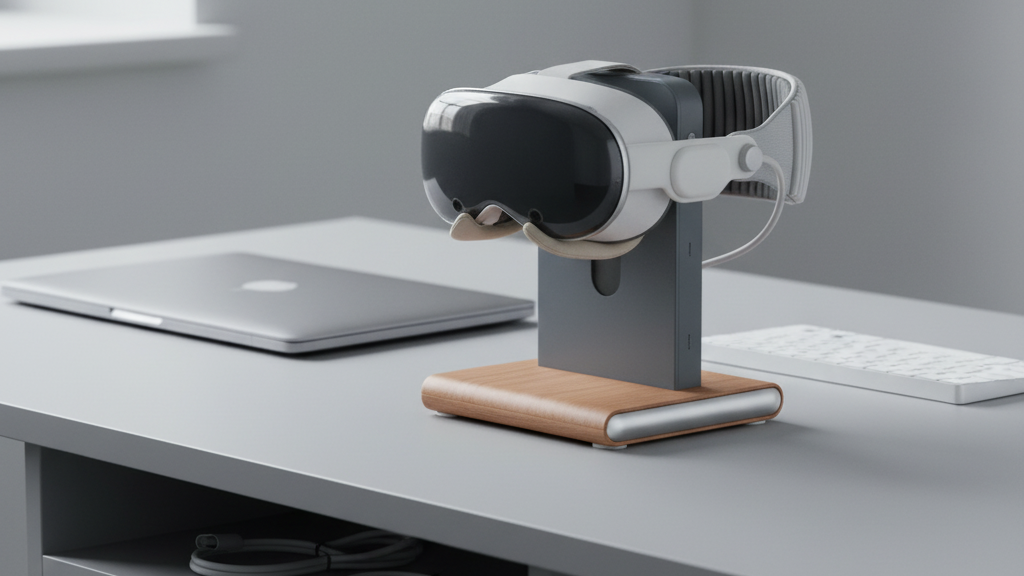
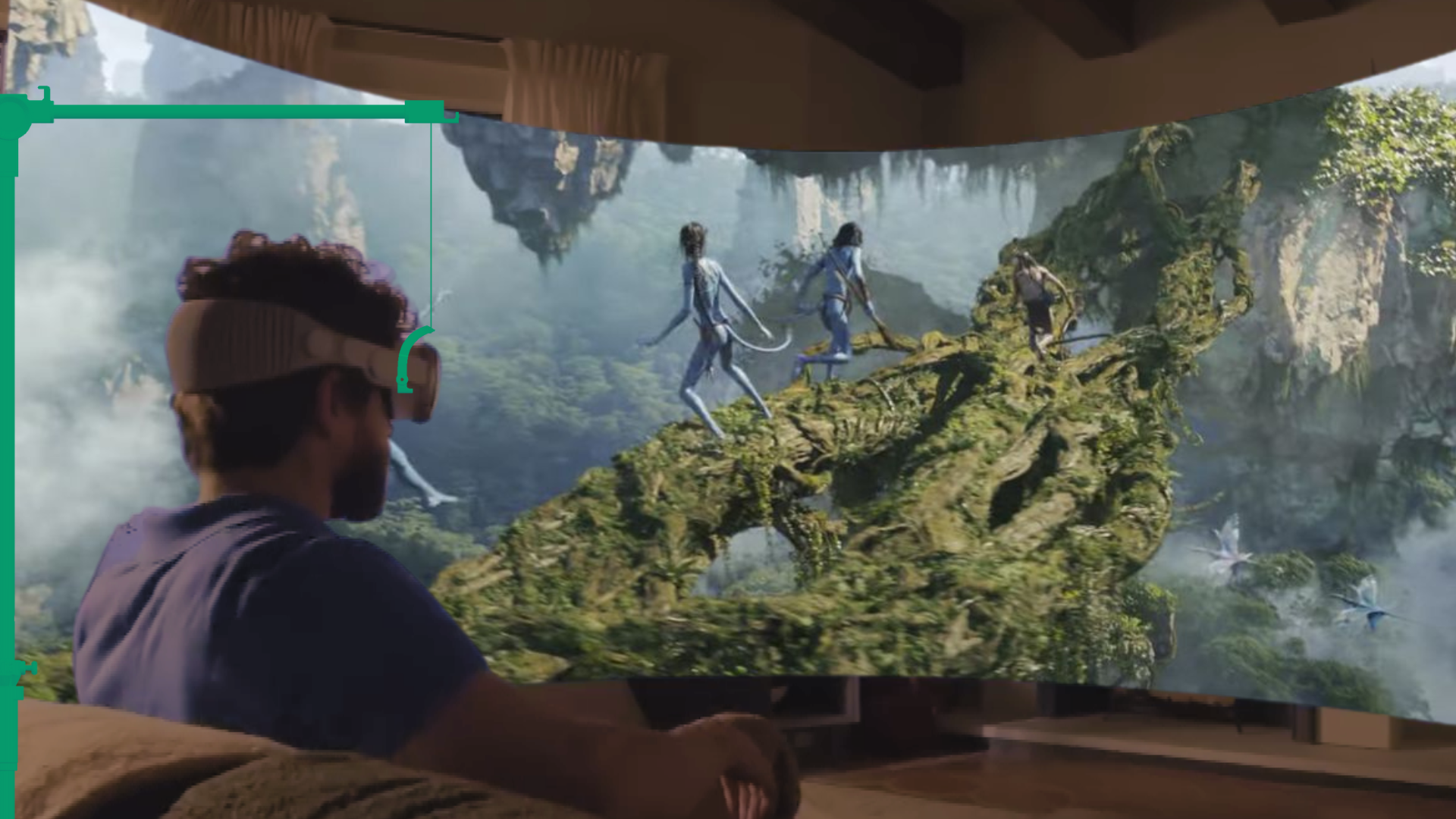
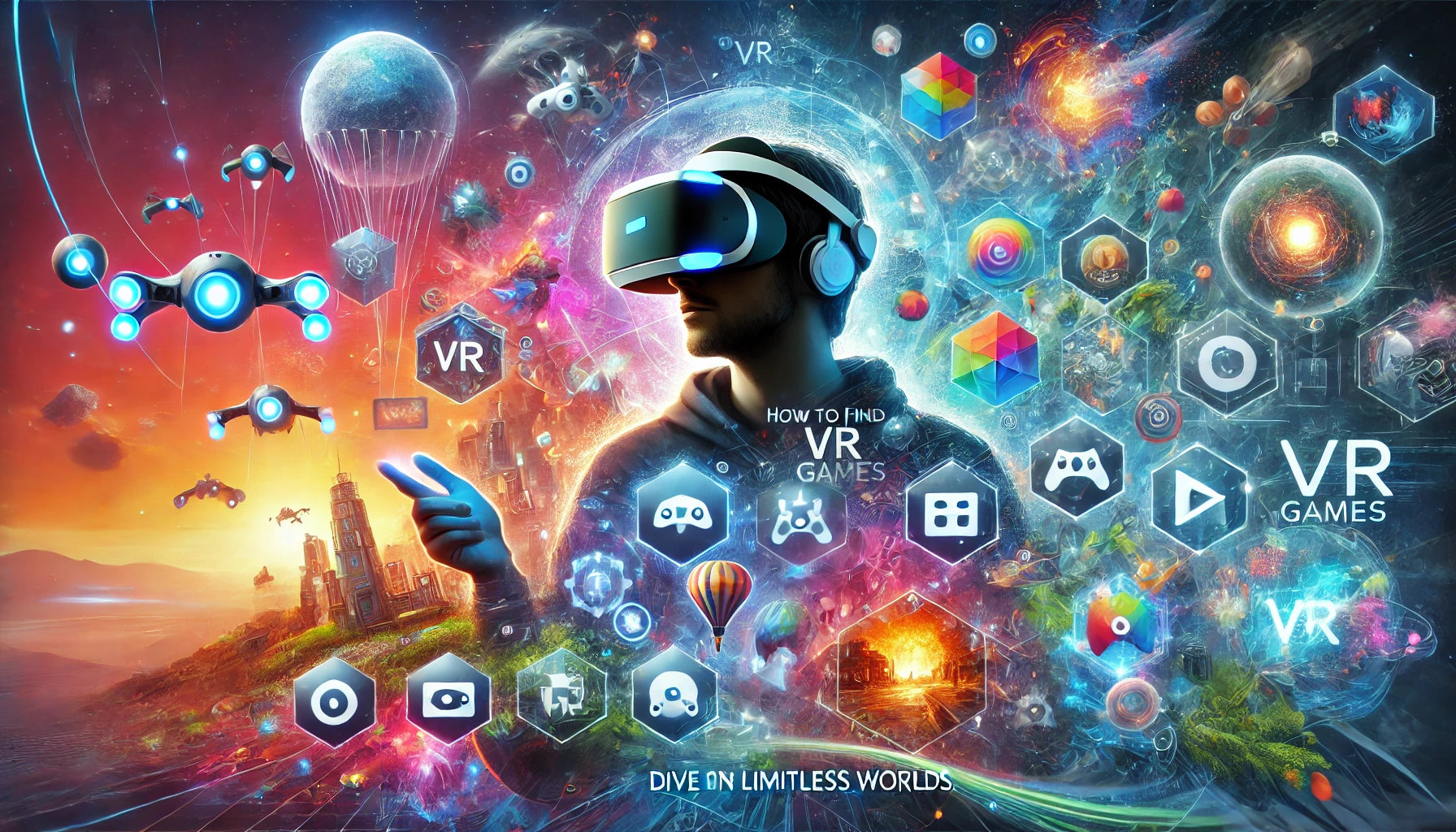
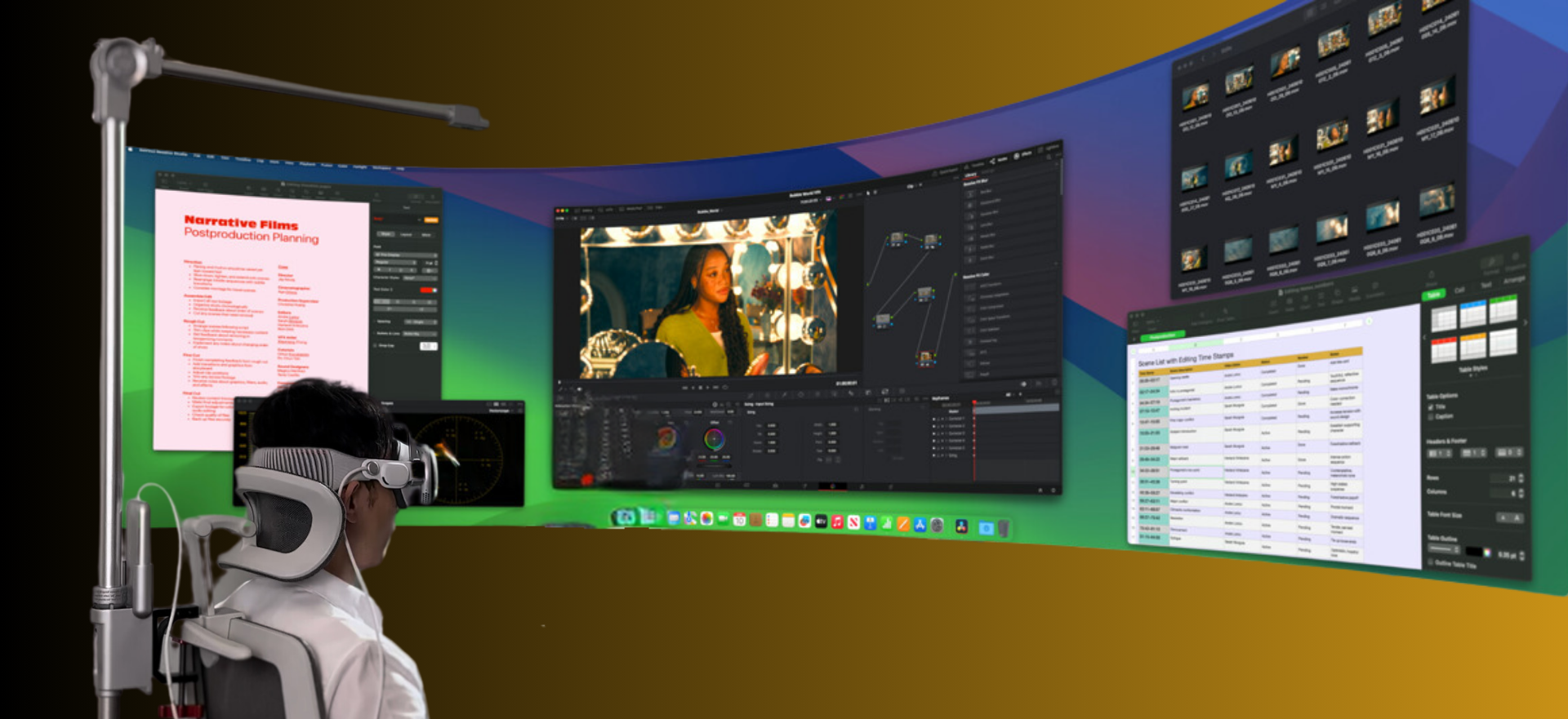
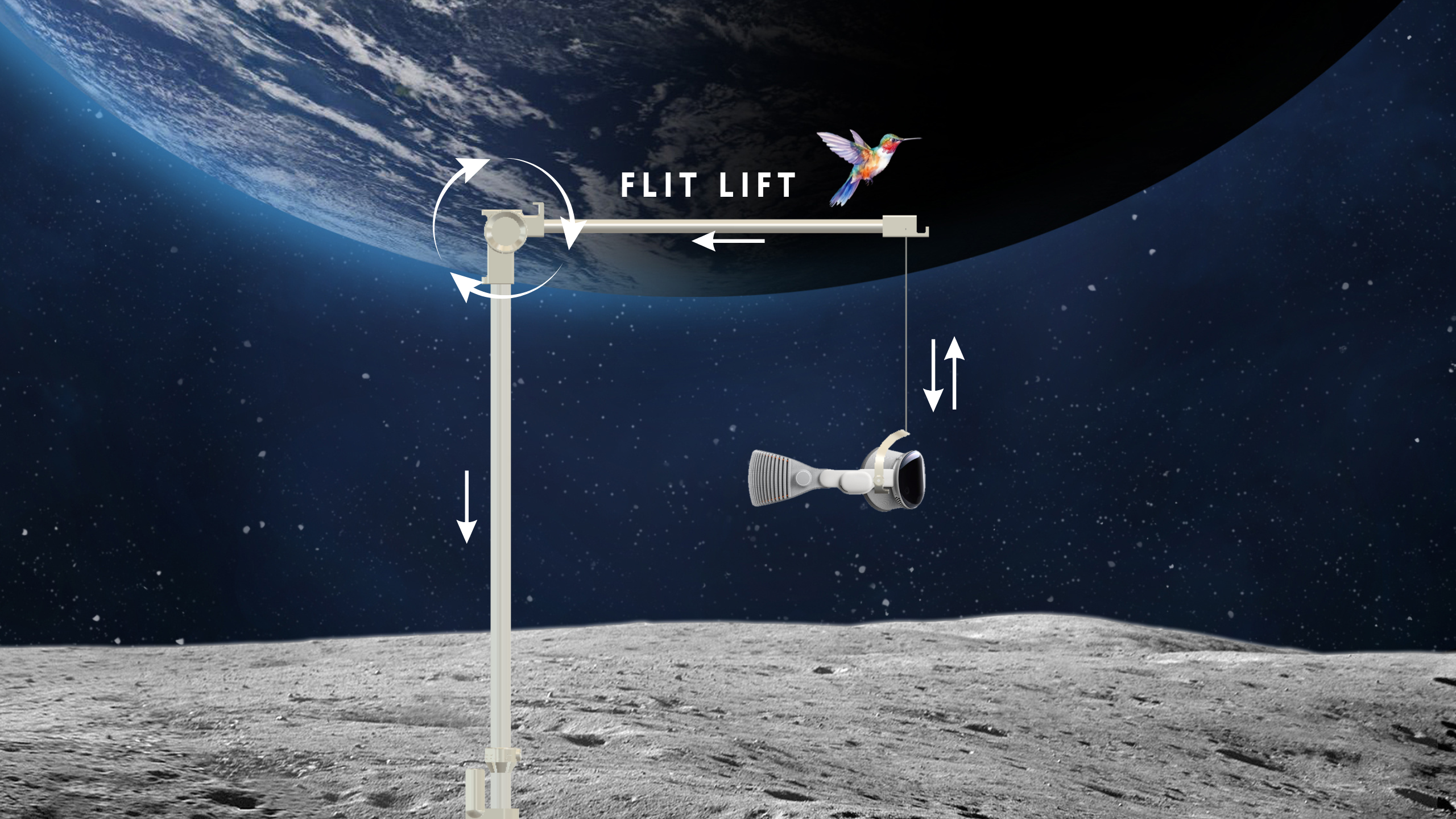
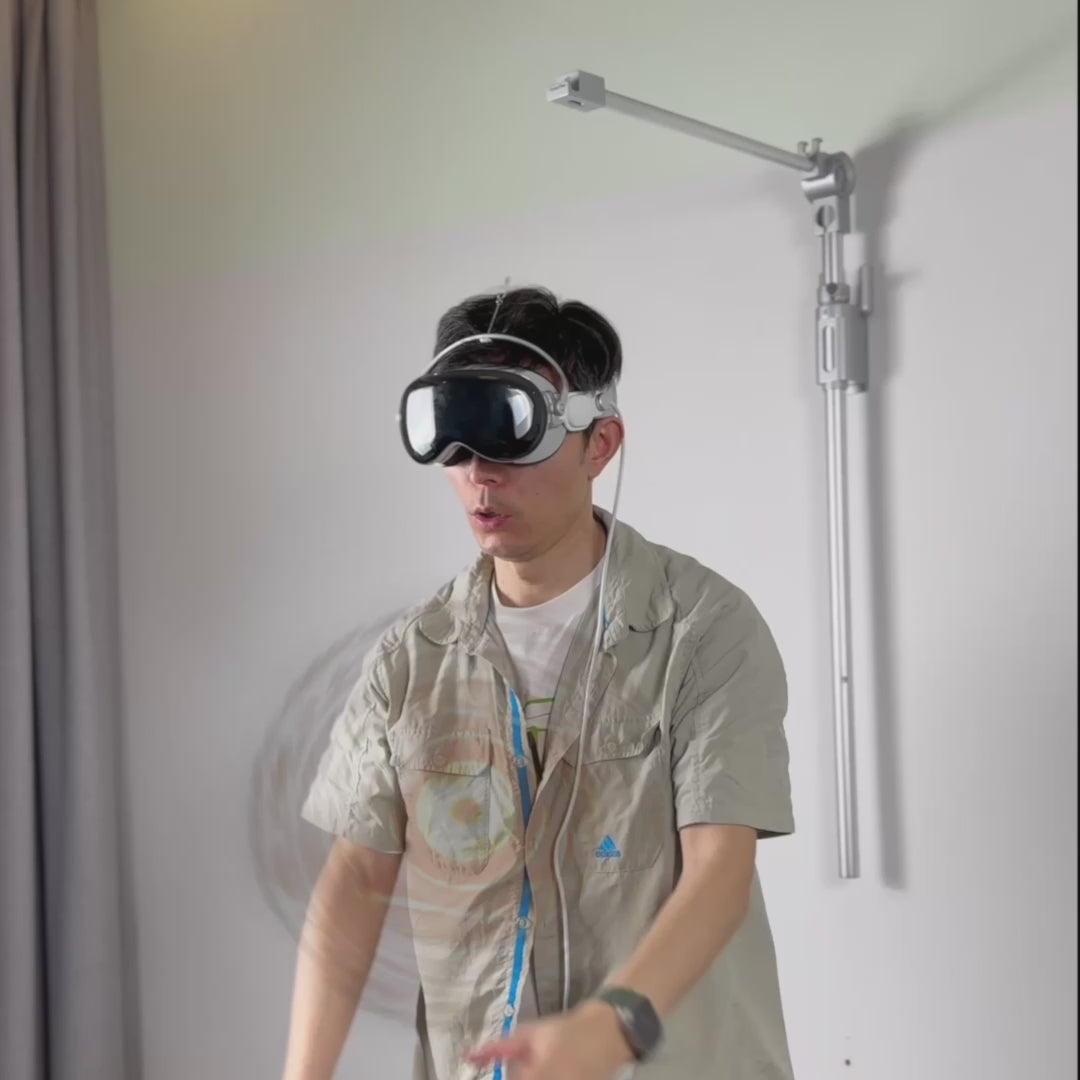
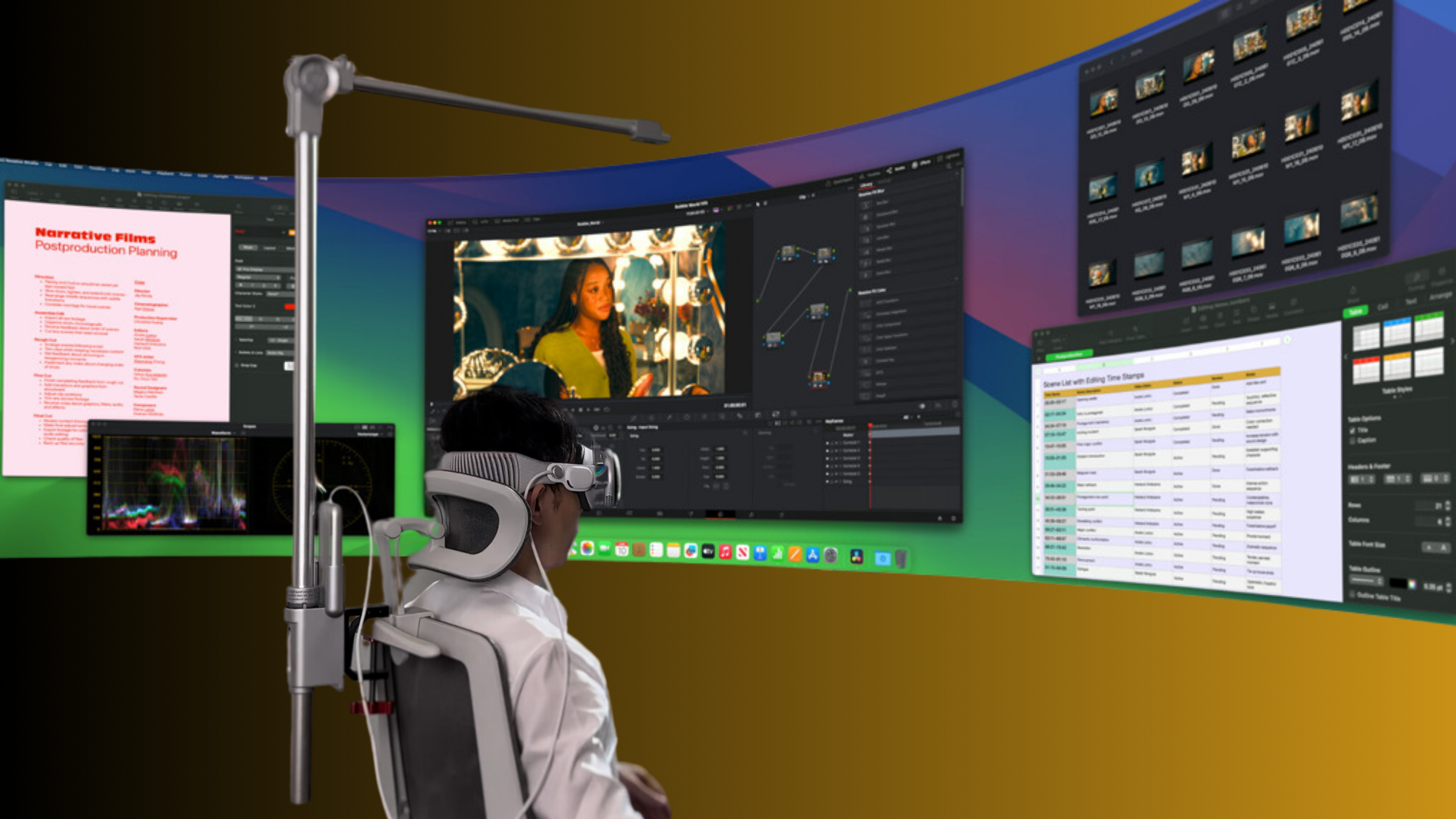

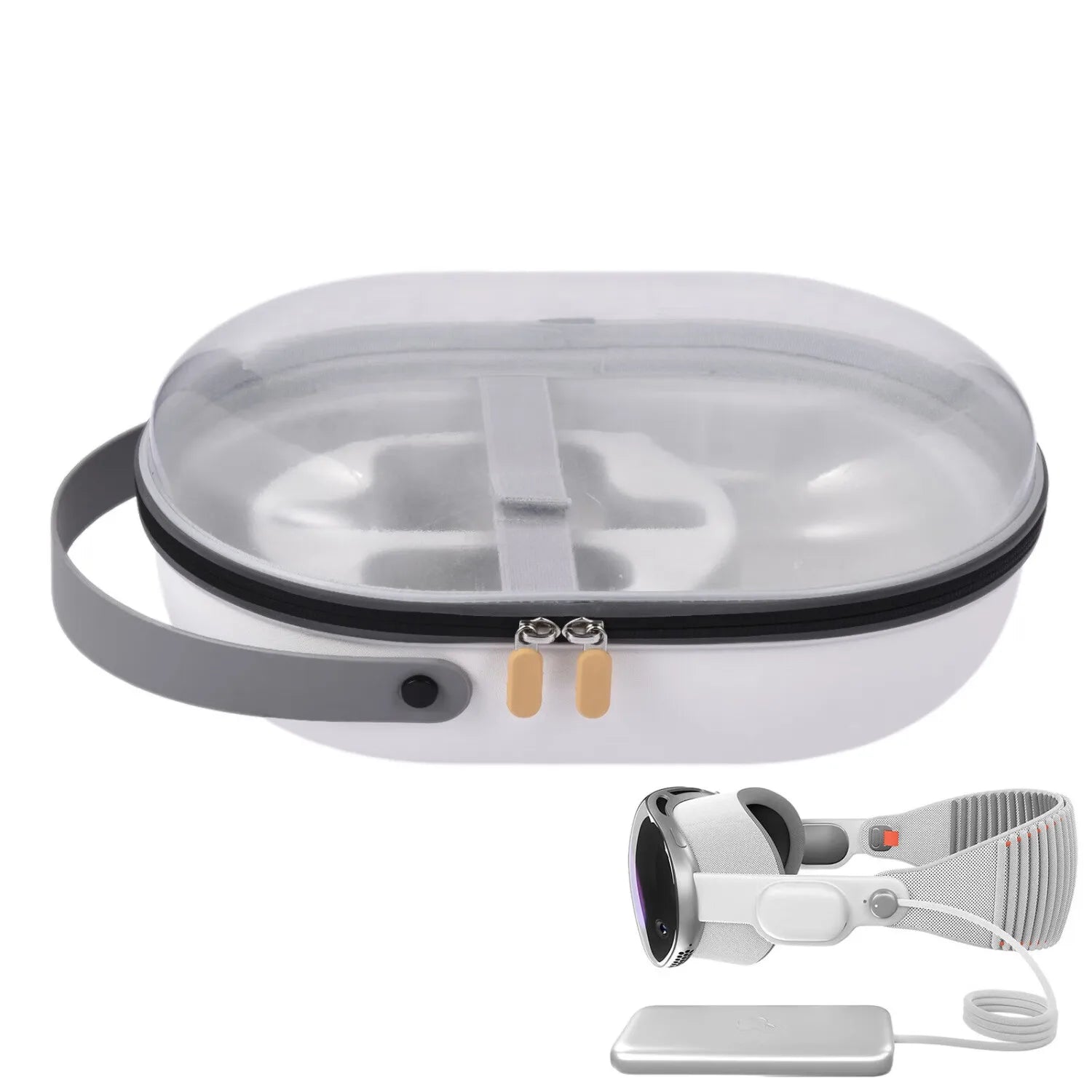
Share:
PSVR Weight Balance Upgrades: Reducing Front-Heavy Strain for Prolonged Play
Postural alignment strategies to relieve VR neck strain during long sessions